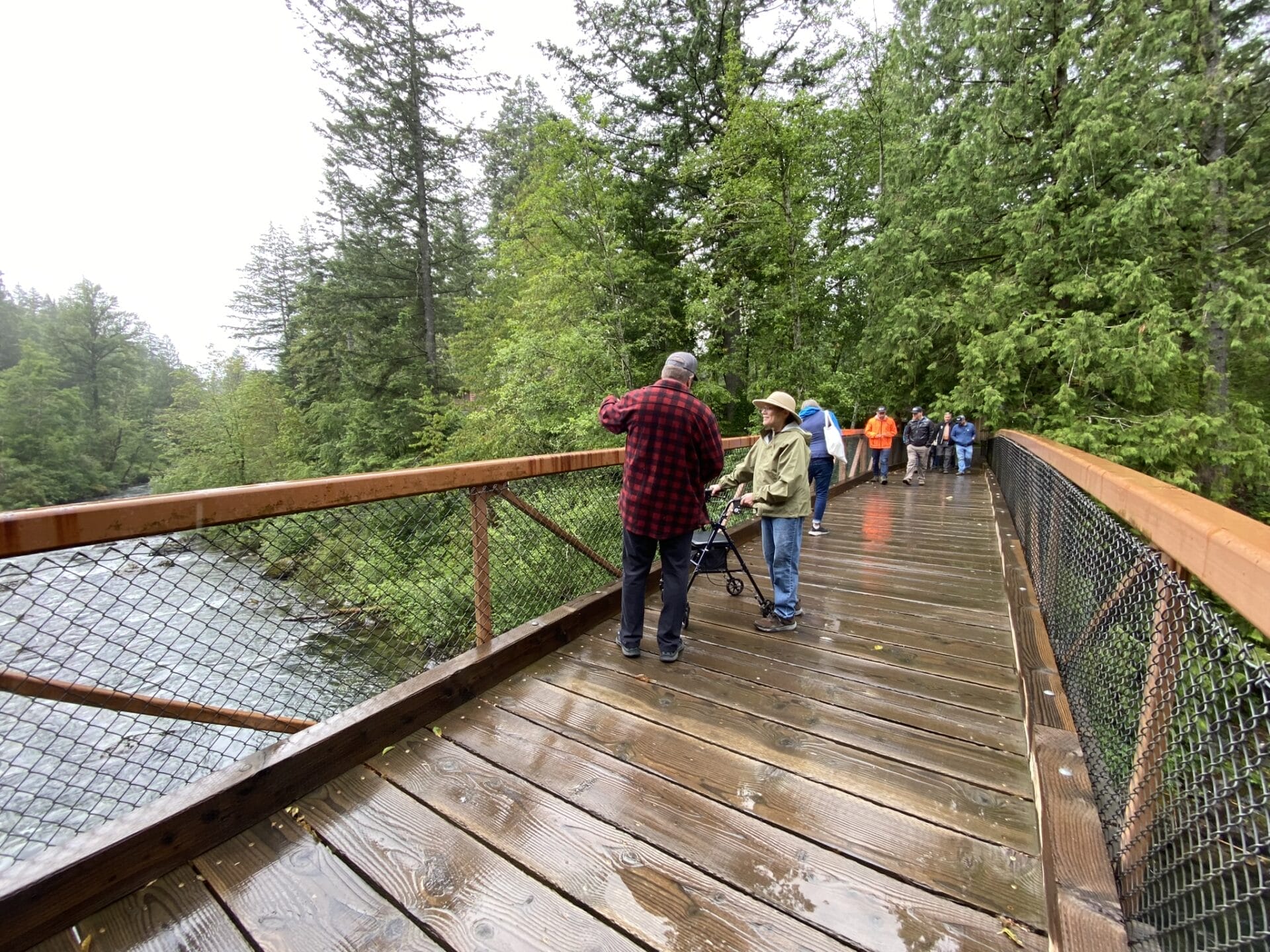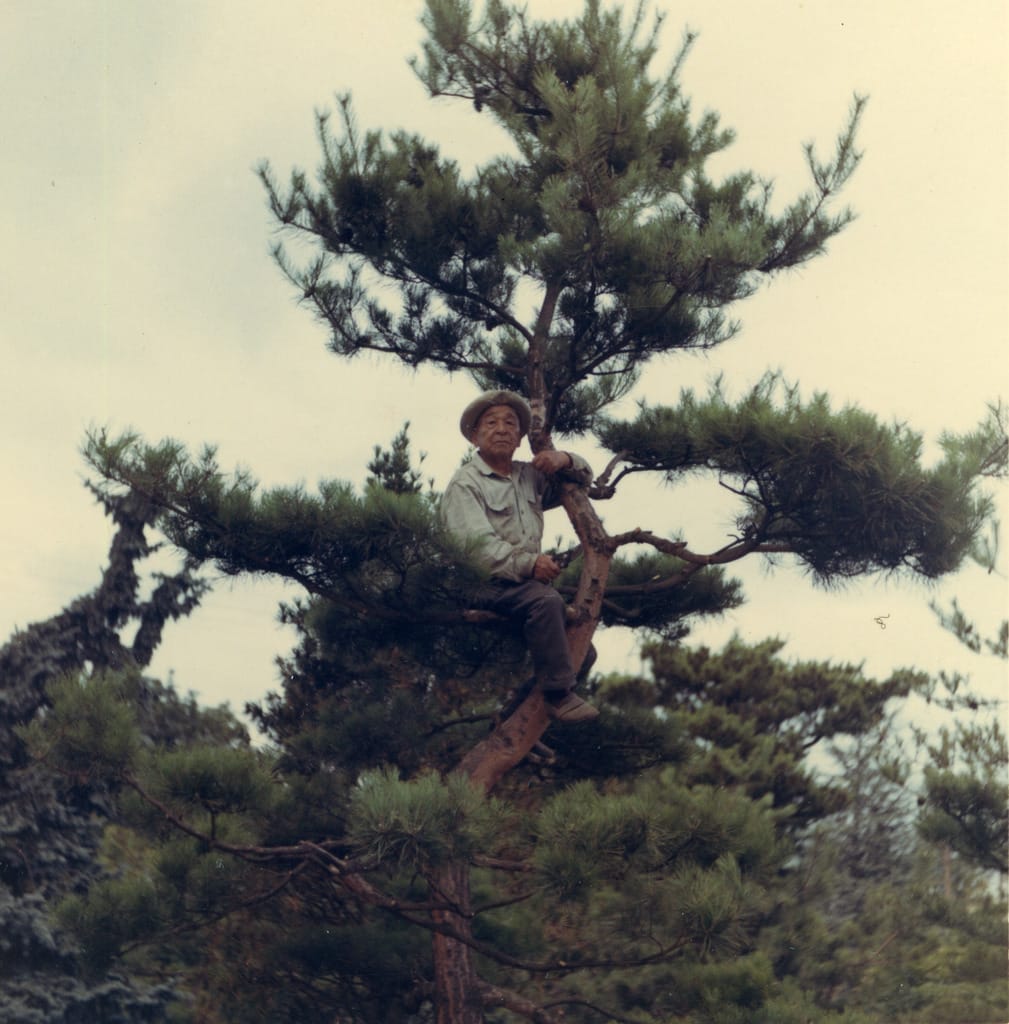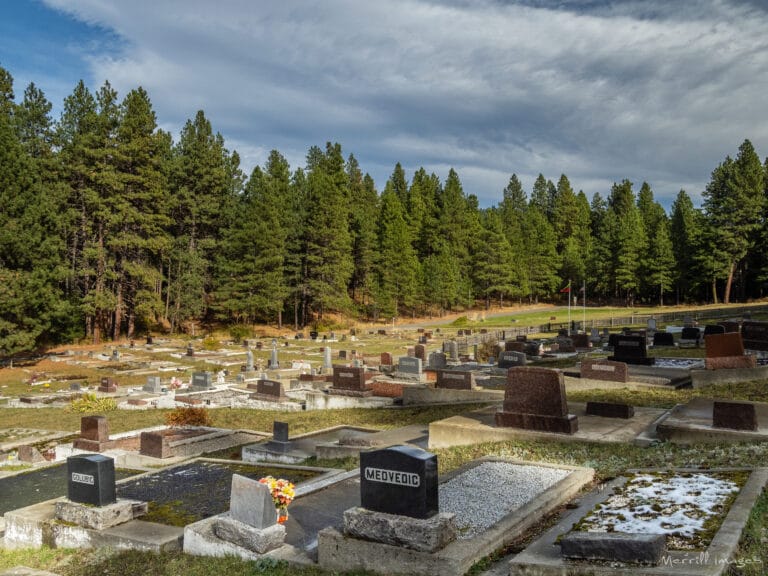Then and Now: Stuart Landing
A trip to the grocery store or local farmers market gives you access to hundreds of different kinds of produce and dairy products, but it wasn’t always that easy to get fresh food. In the late 1800s and early 1900s, before paved roads or trains, a round trip from Snoqualmie Valley farms to market in Seattle was a two-week endeavor. Farmers had to focus on products which could withstand the long trip, like apples and pork. Other producers, such as dairy farmers, were forced to be innovative.
Carnation Farms was one of the first dairies in the Snoqualmie Valley. When E.A. Stuart purchased the property in 1908, it already had a herd of dairy cows, but not a way to get the milk to market. Without modern preservation or refrigeration methods, milk couldn’t travel far before it spoiled. The evaporation process revolutionized this, producing shelf-stable unsweetened condensed milk. To expand his market reach, Stuart had to figure out how he was going to get the milk from Carnation to the nearest condensary in Monroe, and then on to the broader Seattle consumer base.
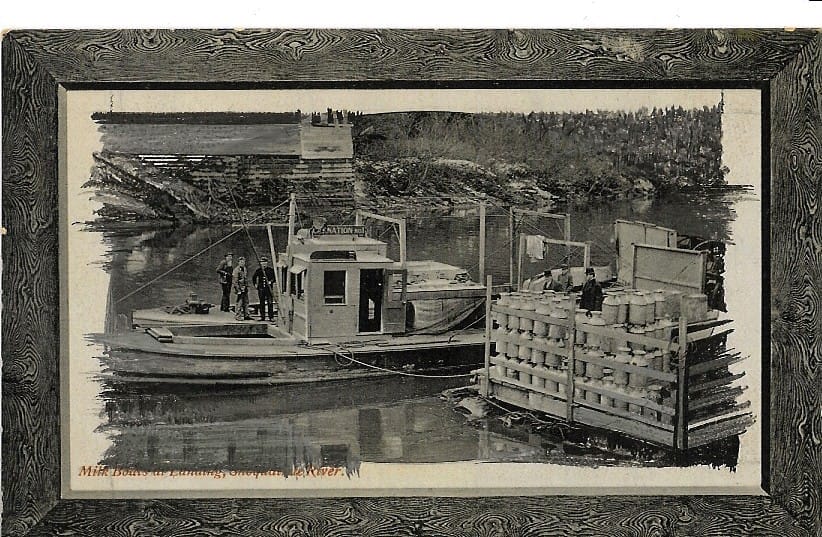
For the first several years, Carnation Farms milk was transported by boat along the Snoqualmie River downstream to the Skykomish River. From there, the milk was unloaded and hauled by wagon 4 miles to the condensary. The boat loading station at the farm was called Stuart Landing.
Hauling milk via boat continued for a few years until 1911 when a branch of the Chicago and Milwaukee Railroad was built, connecting the west side of the Snoqualmie river to a line that ran all the way up to Everett. But it wasn’t a simple solution for Carnation Farms, which was located on the opposite side of the river from the railroad tracks. So they built a cable ferry boat (a boat the crossed the river by cables connected to both shores), which brought feed and cows from Stuart Landing on the east side of the river (then called Stuart Station) to the railroad on the west side of the river. Eventually the farm built a standard bridge across the river near the railroad to streamline the trip even further. You can still see supports from this bridge today.
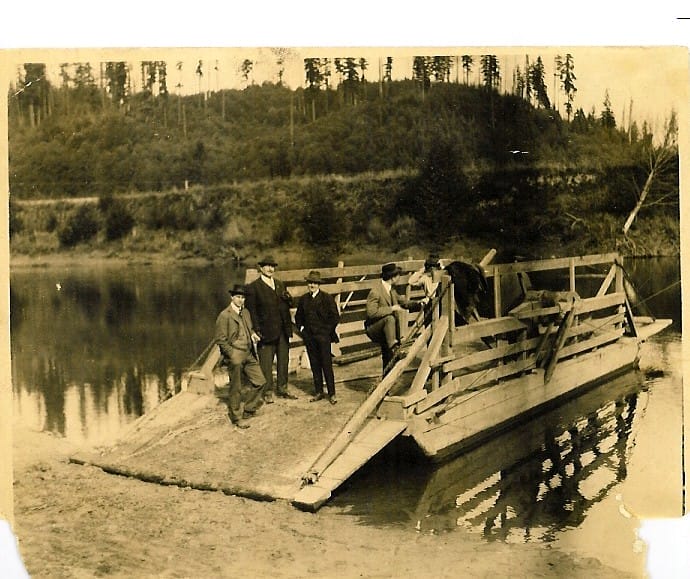
Carnation Farms eventually moved, from milk production to breeding and their cows became famous throughout the world for holding the world milk production record for 32 consecutive years. Heifers and bulls were sold to breeders around the world and were loaded up onto train cars at Stuart Station (now called Stuart Landing) to start their journey. Many Holstein cows around the world can trace their ancestors back to Carnation. You can read more about Carnation Farms’ dairy legacy in our companion blog.
While Carnation Farms and milk transportation have gone through many changes in the last 109 years, so has Stuart Landing. Today, SnoValley Tilth uses this space for their Experience Farming Project (EFP). Here, new Snoqualmie Valley farmers are given an opportunity to ‘cut their chops’ on commercial farming in the Valley with a plot of land, shared equipment, and mentorship from established farmers. This helps new farmers overcome the significant start-up costs involved in starting a farming operation while gaining valuable experience in the field.
Currently six farms operate out of the Experience Farming Project at Stuart Landing: Mezza Luna, Hearth Farm, Kamayan Farm, SnoValley Gardens, Peaceful Harvest Farm, and Dancing Crow Farm. The farms sell their products in a number of ways, including direct to consumers through Community Supported Agriculture (CSA) programs, at farmers markets and farm stands, and to local restaurants. In addition, several farms sell through area wholesalers and to programs like Farms for Life which provides local produce to individuals who don’t have other access to fresh, healthy food.
Stuart Landing has gone through many changes since the days when cows were loaded on barges and moved from one side of the river to another. But today, it still connects farmers to consumers. To connect with EFP farmers just stop by their booth on Tuesdays at the Carnation Farmers Market, and get your own taste of history!



